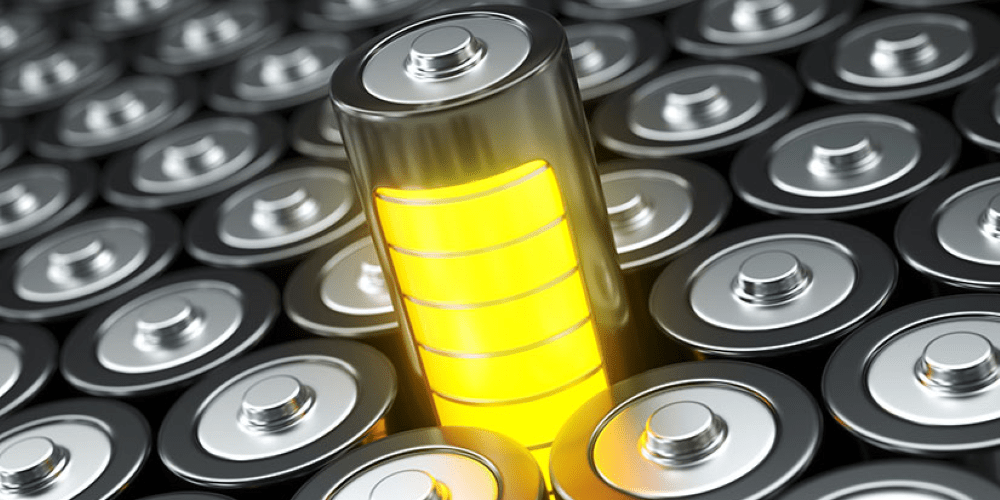Power could be used to monitor carbon sequestration efforts thousands of feet deep.
Capturing carbon dioxide and pumping it deep underground could be an important part of mitigating the effects of climate change. However, ensuring the carbon dioxide stays trapped away from the atmosphere, where it serves as a heat-trapping greenhouse gas, is critical.
Sandia researchers recently designed, built, and lab-tested a device that can use the temperature difference caused by periodically pumping carbon dioxide down a borehole to charge batteries to someday power underground sensors.
“Ideally, you would have continuous underground sensing, with several different types of sensors, that would tell you how the carbon dioxide is moving, if it is reacting with the groundwater or the minerals,” said Charles Bryan, a Sandia geosciences engineer and leader of the project to develop the device. “You could demonstrate that it’s not moving out of the reservoir. However, it’s difficult to run power down a borehole: You can’t just have wires running down a working borehole.”
“As heat flows from the hot earth through the device to the cooler carbon dioxide, it creates a voltage that can be used to charge a battery and eventually power sensors. The Sandia-developed device works similarly to the radioisotope thermoelectric generators used to power NASA space probes and even Mars rovers,” said Ramesh Koripella, a Sandia materials scientist on the project.


